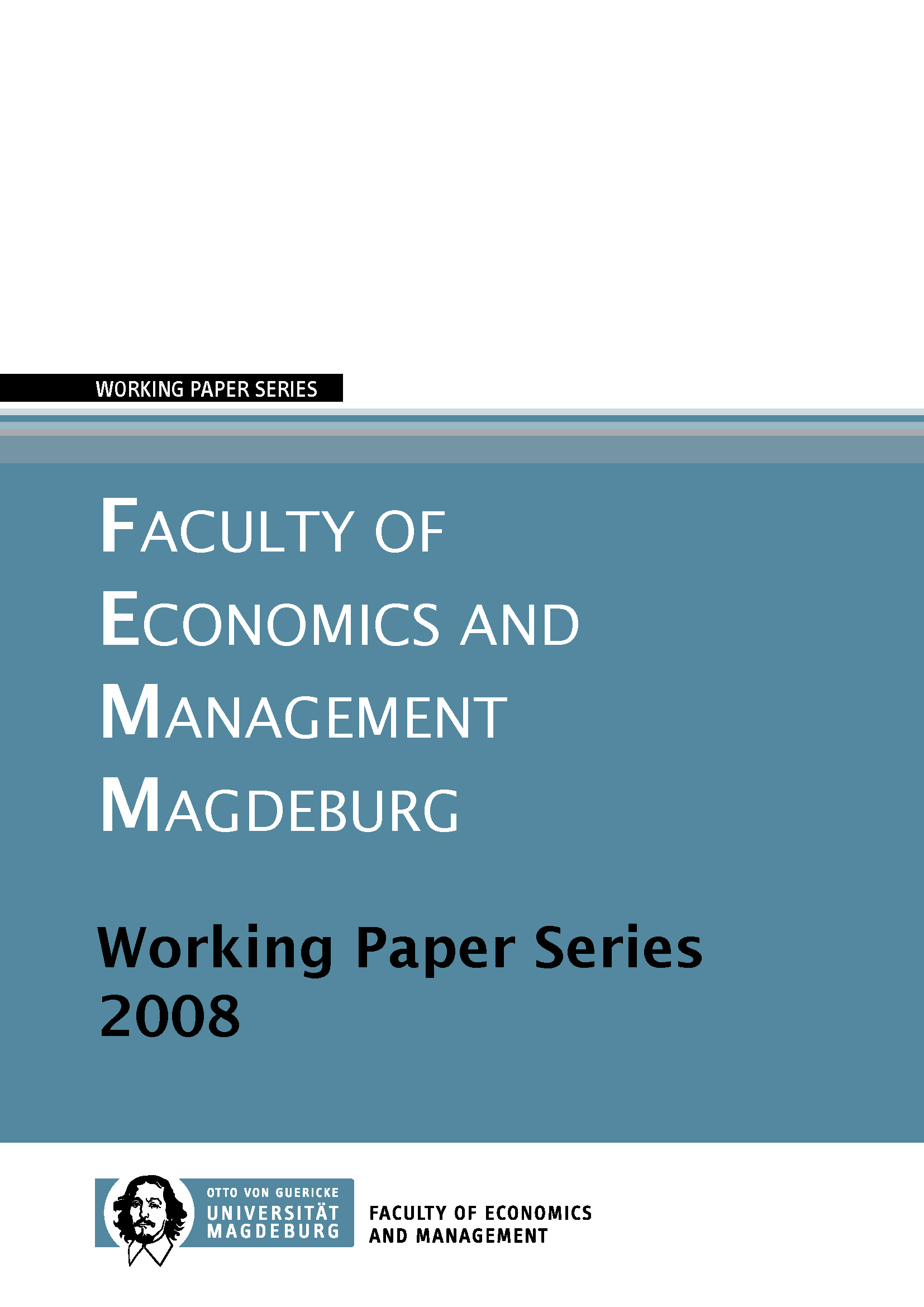Linear Programming for a Cutting Problem in the Wood Processing Industry
A Case Study
DOI:
https://doi.org/10.24352/UB.OVGU-2018-355Keywords:
one-dimensional cutting, linear programming, wood-processing industryAbstract
In this paper the authors present a case study from the wood-processing industry. It focuses on a cutting process in which material from stock is cut down in order to provide the items required by the customers in the desired qualities, sizes, and quantities. In particular, two aspects make this cutting process special. Firstly, the cutting process is strongly interdependent with a preceding handling process, which, consequently, cannot be planned independently. Secondly, if the trim loss is of a certain minimum size, it can be returned into stock and used as input to subsequent cutting processes. In order to reduce the cost of the cutting process, a decision support tool has been developed which incorporates a linear programming model as a central feature. The model is described in detail, and experience from the application of the tool is reported.


